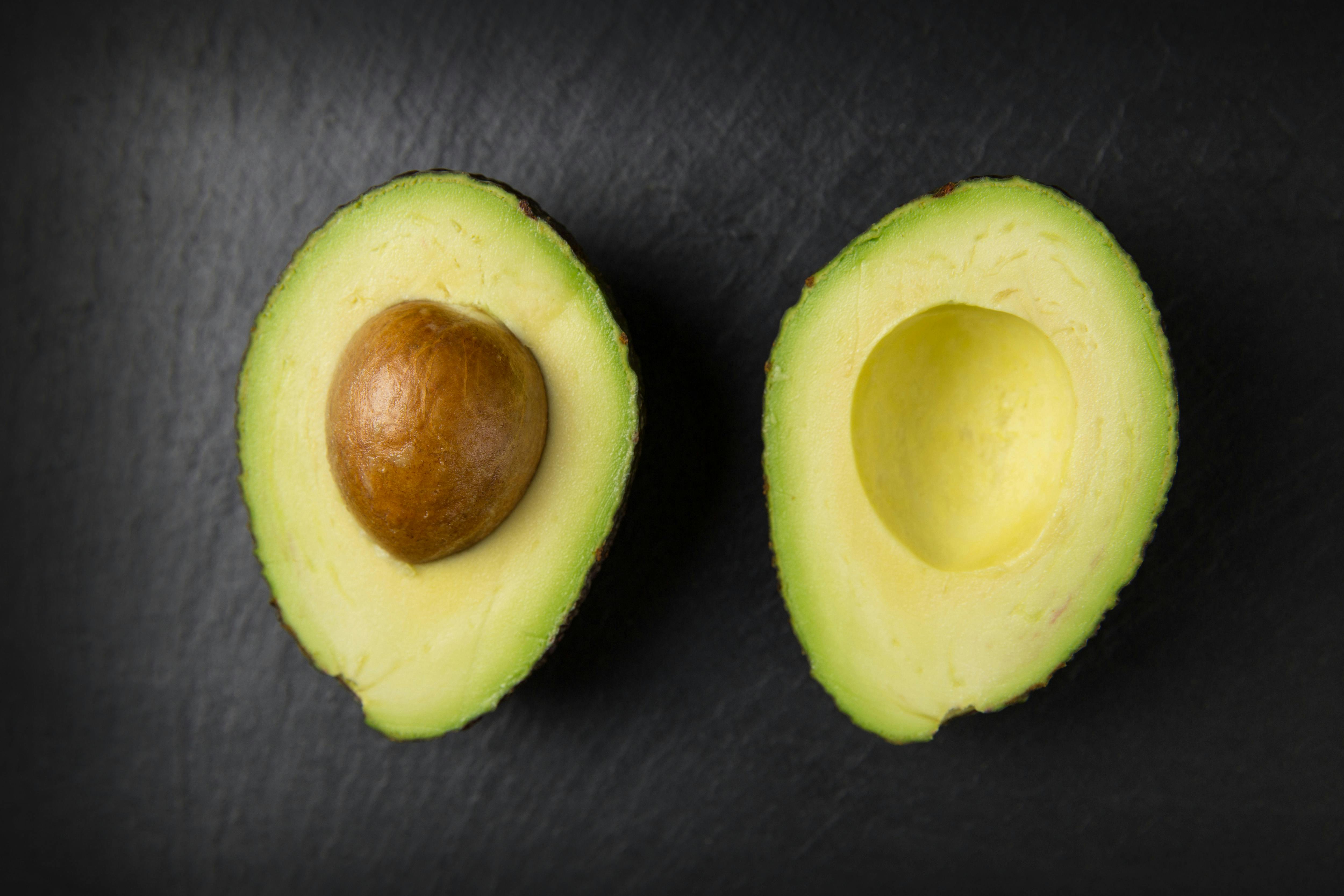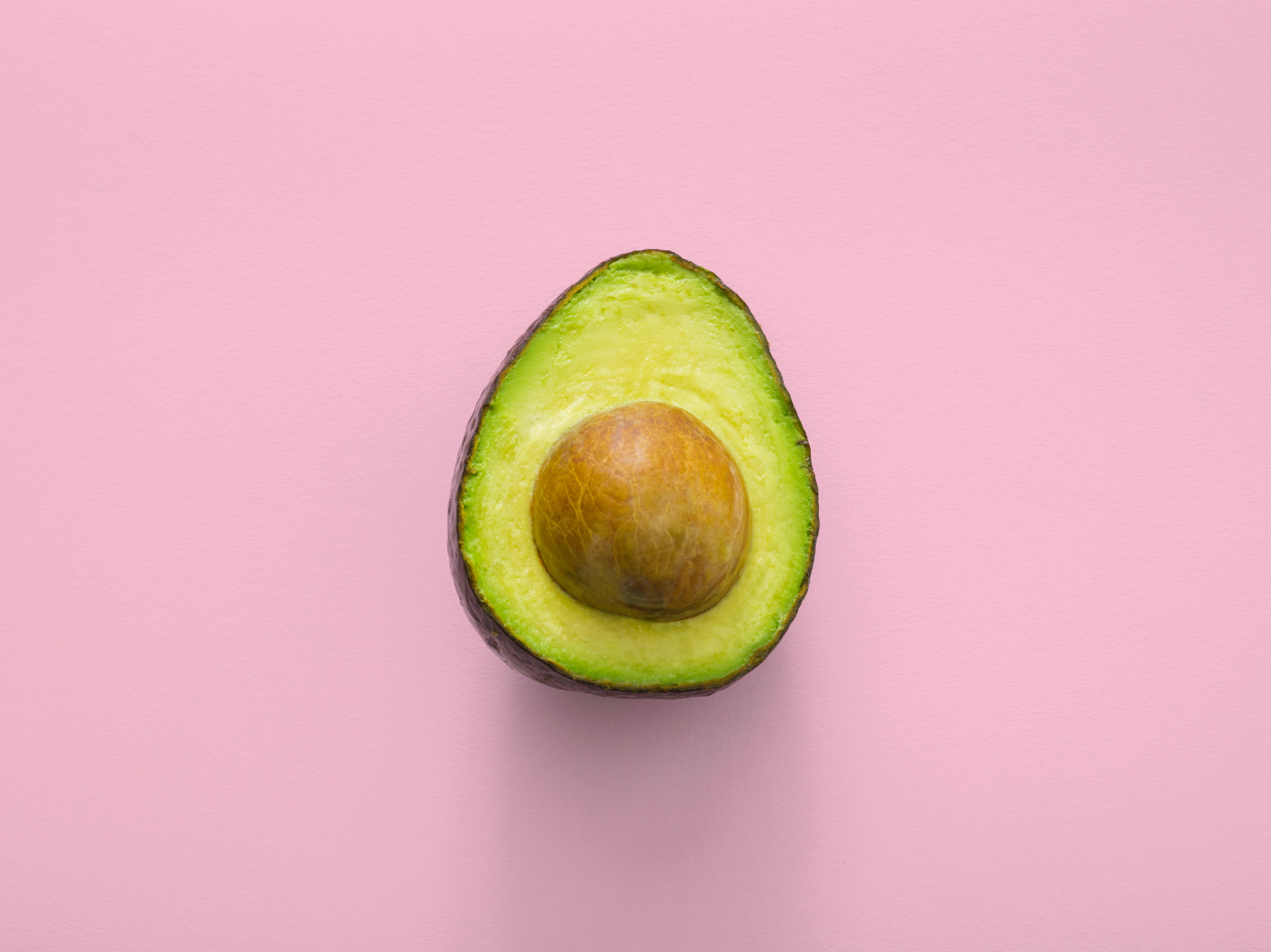Avocado trees are a popular choice for growing in home gardens due to their hardy nature, attractive foliage, and delicious fruit. But how often do avocado trees bear fruit? This article will explore the factors that influence an avocado tree’s fruiting cycle and provide tips on how to ensure your tree bears an abundance of avocados.Avocado trees can take up to five years to bear fruit after planting, but once established they typically produce fruit every year. Most avocado trees bear fruit twice a year, although some varieties may have three or even four harvests per year.
Factors That Affect Avocado Tree Fruiting
Climate is a major factor that affects avocado tree fruiting. Avocado trees require warm weather and plenty of sunshine to thrive and produce fruit. Temperatures that are too hot or too cold can cause the tree to experience stress, which can lead to reduced flowering and fruiting. The ideal temperature range for optimal fruit production is 68°F – 78°F (20°C – 26°C). Colder temperatures can also cause the flowers to drop and reduce or stop fruit production. Additionally, drought conditions can lead to reduced flowering and fruiting, as avocado trees need plenty of water, especially when temperatures are warm.
The type of soil plays a key role in an avocado tree’s ability to flower and produce fruit. Avocado trees prefer well-draining soils with a pH between 6.0-7.0. If the soil is too alkaline or acidic, it can reduce the tree’s ability to absorb essential nutrients and water needed for optimal growth and fruiting. Additionally, if the soil is compacted or has poor aeration, it can reduce or stop fruit production as well.
The age of the tree also affects its ability to produce fruit. Young trees may not begin producing fruit until they are 3-4 years old, while older trees may begin producing earlier depending on their growing conditions. It typically takes 5-7 years for an avocado tree to reach its peak production potential.
Finally, proper pruning techniques are important for encouraging flowering and subsequent fruiting in avocado trees. Pruning should be done in early spring before flower buds appear on the tree so that there is ample time for new growth before flowering begins in late spring/early summer. Removing dead wood helps promote healthy growth and allows more light into the canopy for better flower development as well as improved air circulation which helps reduce pest issues like fungal diseases that could impact flower health and subsequent fruit production.
The Lifespan of an Avocado Tree
Avocado trees are a long-lived species in the plant kingdom, capable of thriving for decades. They can even reach up to 200 years of age in some cases. The average lifespan of an avocado tree is anywhere from 15-20 years, but some have been known to live up to 50 years or more. Avocado trees typically reach maturity at around 5-7 years and can then produce fruit for many years after that.
The longevity of an avocado tree depends on several factors including climate, soil quality, water availability, and care that it is given. Trees grown in warm climates tend to have longer lifespans than those grown in colder climates due to the fact that they are able to produce fruit more often and for longer periods of time. Additionally, avocado trees need plenty of water and good soil quality in order to thrive so these two things should be taken into account when growing an avocado tree. Proper care also plays a role in how long an avocado tree will live; pruning and fertilizing should be done regularly in order to ensure a healthy tree for many years.
Overall, avocado trees are resilient plants with the potential to live for many decades if they are given the proper care and environment. With careful attention and dedication, it is possible to have an avocado tree that produces delicious fruit for years and years!
Climate Conditions That Support Avocado Trees
Avocado trees require warm temperatures and plenty of sunshine to thrive. They prefer a climate with mild winters, warm summers, and abundant rainfall. A temperature range of 45 – 85°F is ideal for avocado trees. They can tolerate cold temperatures down to 32°F but will suffer if temperatures drop below that. The ideal amount of rainfall for an avocado tree is between 30-40 inches per year, although they can survive with less.
Avocado trees need plenty of sun and should receive at least six hours of direct sunlight each day. They are drought tolerant once established, but young trees need regular irrigation during dry periods. Soil should be well-draining and slightly acidic with a pH between 6.0 – 7.0 for optimal growth.
Avocado trees are tropical species that cannot tolerate frost or snowfall, so they must be grown in areas with mild winters or in areas where temperatures do not dip below freezing. To protect young avocado trees from cold damage, it’s best to plant them in a location where they can be protected from harsh winds and provide some frost protection such as mulch or burlap blankets if necessary.
Overall, the perfect climate conditions for avocado trees are mild winters, warm summers, abundant rainfall, plenty of direct sunlight (at least 6 hours per day), and rich soil that is slightly acidic and well-draining. If you can provide these conditions in your area then you should have no problem growing healthy avocado trees!
Water Requirements for Avocado Trees
Avocado trees require frequent and consistent water to produce healthy fruit. Without proper watering, the tree may become stressed and develop health problems that can weaken its ability to produce quality fruit. As a result, it is important to understand the water requirements of an avocado tree in order to ensure it is adequately supplied with water.
The amount of water an avocado tree needs depends on several factors, including the size of the tree, the soil conditions, and the climate where it is planted. Typically, avocado trees need between 1 and 2 inches of water per week during the growing season from April through October. If there is no rain during this time period, then additional water should be applied to ensure that the tree receives enough moisture.
The best way to determine if an avocado tree needs more water is by monitoring soil moisture levels at least once a week. The soil should be moist but not soggy; if it feels dry or powdery when touched then it’s time to give it a good soaking. Overwatering can also be an issue as too much moisture can lead to root rot and other diseases.
In addition to regular watering, mulching around the base of the tree can help conserve moisture and reduce evaporation from hot temperatures or strong winds. Applying a 3-4 inch layer of mulch around the base of the tree will help keep soil moist while also suppressing weeds that compete for available water with your avocado tree.
Overall, understanding and meeting an avocado tree’s water requirements are essential for producing healthy fruit. Monitor soil moisture levels regularly and apply supplemental water when necessary in order to keep your avocado trees well hydrated throughout the growing season.

Proper Pruning Practices for Avocado Trees
Pruning an avocado tree is an important part of maintaining its health and ensuring a bountiful harvest. Proper pruning techniques can help promote strong, vigorous growth and yield larger, higher-quality fruit. Pruning should be done regularly throughout the year in order to keep the tree healthy and productive. Here are some tips for proper pruning of avocado trees:
The first step in proper pruning is to identify any dead or diseased branches. These should be removed as soon as possible to avoid spread of disease or infestation. Also remove any weak or broken branches that may pose a danger to the tree or its fruit.
Once dead and damaged branches have been removed, it’s time to focus on thinning out the canopy of the tree. This will help promote air flow which reduces the risk of diseases such as fungal blight. It is best to thin out around 25% of the canopy each year in order to ensure optimal air flow while still allowing sufficient foliage for photosynthesis and shade production.
When pruning avocado trees, it is important to avoid topping them off or removing too much foliage at once. This can lead to stunted growth and poor fruit production. It is also important to avoid making cuts too close to the trunk as this can damage the bark and leave the tree vulnerable to pests and diseases.
Avocado trees should also be pruned regularly throughout the growing season in order to maintain their shape and encourage healthy new growth. This will help keep them looking neat and attractive while promoting strong, vigorous growth that yields larger, higher-quality fruit in harvest time.
Following these tips will help ensure that your avocado tree remains healthy and productive for years to come! Proper pruning practices are essential for achieving a bountiful harvest from your avocado tree each season, so make sure you take the time to give your tree the care it deserves!
Nutrient Requirements for Avocado Trees
Avocado trees require several essential nutrients for growth and health. These include nitrogen, phosphorus, potassium, calcium, magnesium, iron and zinc. The amount of each nutrient needed will vary depending on the age and variety of avocado tree being grown. In general, young avocado trees need more nitrogen and phosphorus than mature trees do. Potassium should be applied to all avocado trees at least once a year. Calcium is important for root development and should be applied in spring or summer. Magnesium helps with leaf formation and should be added to soil when there is a deficiency. Iron is necessary to help the tree produce chlorophyll while zinc helps with flowering and fruiting.
In addition to these essential nutrients, avocado trees also need trace elements such as boron, manganese and copper. Boron helps with root formation and manganese is important for photosynthesis. Copper helps control diseases like anthracnose that can be damaging to the tree’s foliage. These trace elements can be added to the soil as part of an annual fertilizer program or applied as needed if soil tests show deficiencies.
It is important to provide avocado trees with the right balance of nutrients in order for them to thrive. Too much of one nutrient can be just as damaging as too little of another so it’s best to consult a professional horticulturist or extension agent to ensure proper nutrition for your avocado tree.
Soil Requirements for Growing an Avocado Tree
Avocado trees thrive in well-draining soils that are slightly acidic. The ideal soil pH is 6.0 to 6.5 and if the pH is too high, the tree may not take up enough nutrients from the soil to support healthy growth. The soil should also contain plenty of organic material, such as compost or mulch, to help retain moisture and provide necessary nutrients. Avoid soils with heavy clay content as this can lead to poor drainage and root rot. When planting an avocado tree, it is best to use a soil mix of equal parts loam, peat moss, and perlite or vermiculite for optimal drainage and aeration.
It is also important to keep the roots of an avocado tree moist but not waterlogged as this could cause root rot or other diseases. For best results, water your avocado tree deeply but infrequently so that the moisture penetrates deeply into the root zone. Additionally, adding 2 or 3 inches of organic mulch around the base of your tree can help conserve moisture and reduce weeds.

Conclusion
Avocado trees can bear fruit within three to five years of planting. The amount of fruit that the tree produces depends on many factors, such as the type of avocado, climate, and soil conditions. Avocado trees tend to produce more fruit if they are grown in warm climates with plenty of water and fertilizer. Pruning and thinning can also help increase the number of avocados a tree produces. Although it is possible for avocado trees to produce fruit all year round in ideal conditions, most trees will produce a single crop once a year during the spring or summer months.
Overall, avocado trees are relatively easy to care for and can provide a great source of fresh avocados for many years. With proper care, an avocado tree can be a rewarding addition to any garden or backyard.



